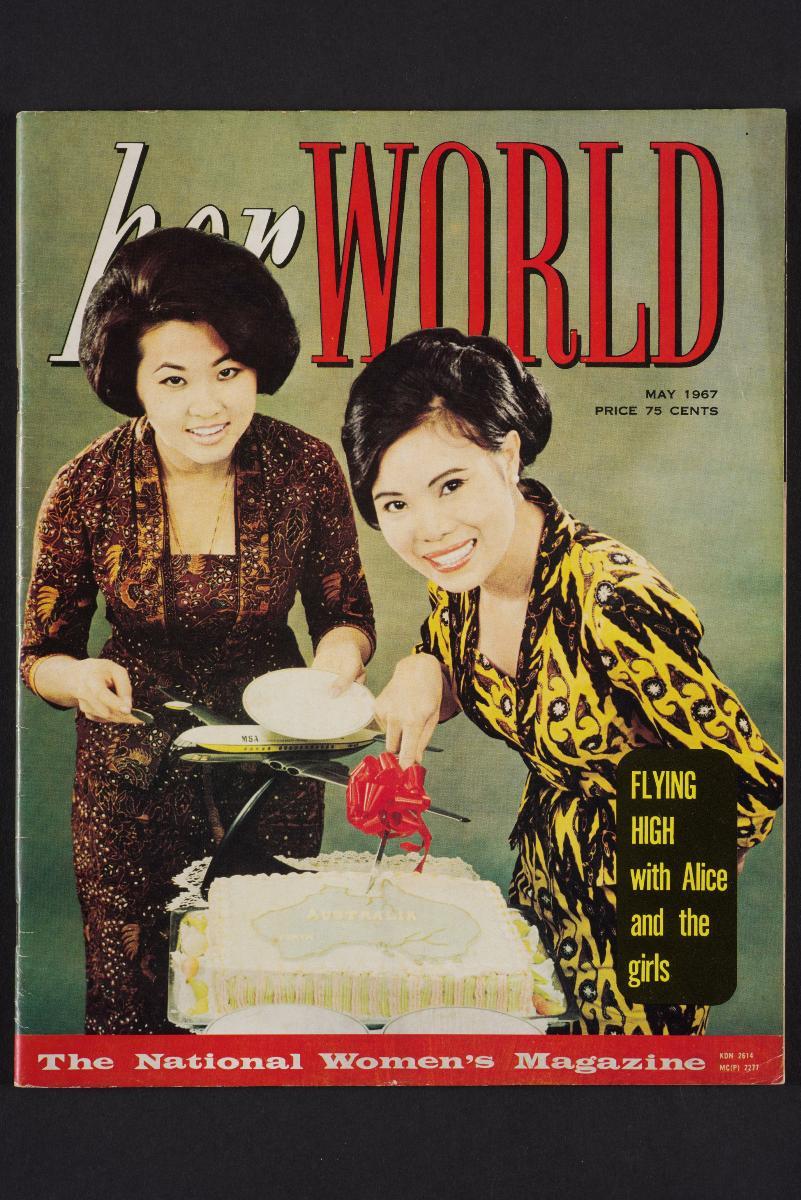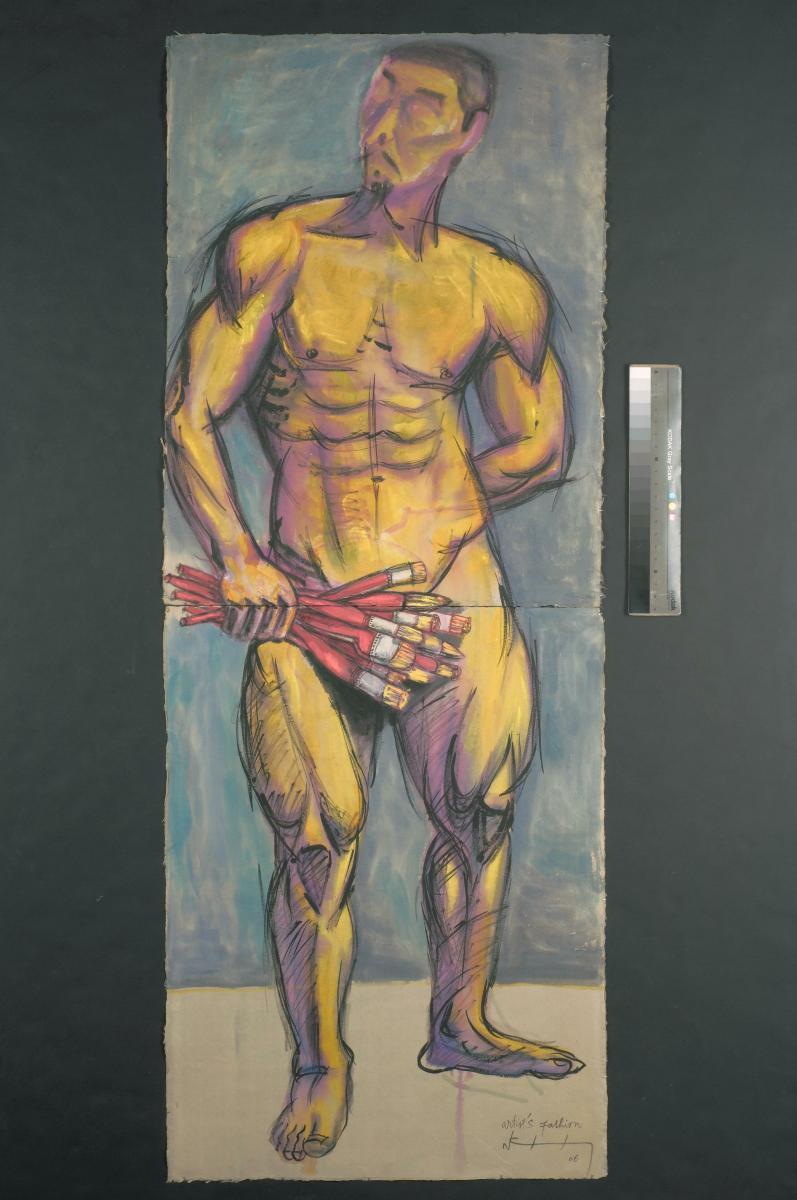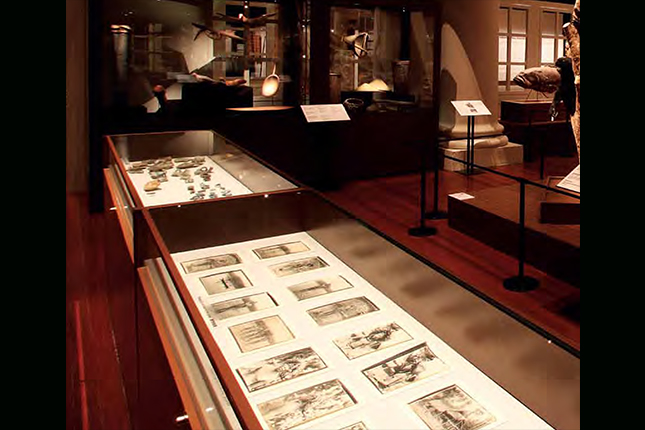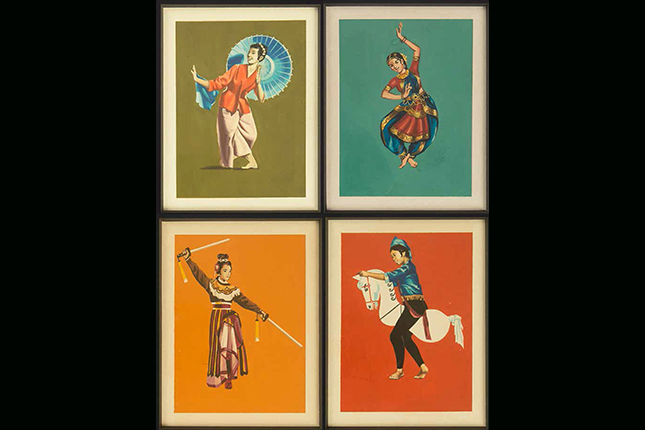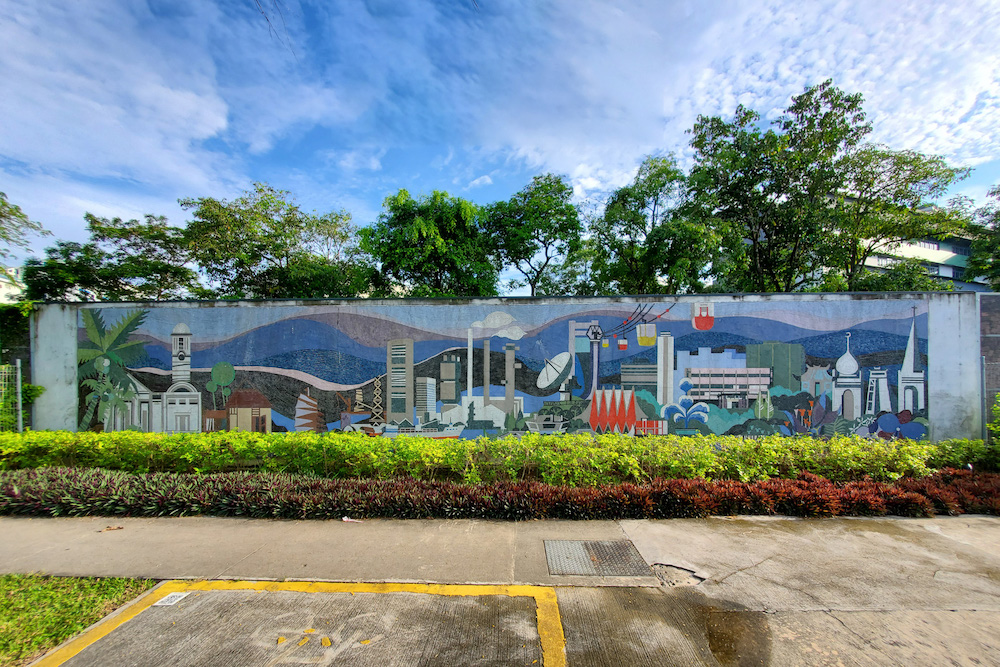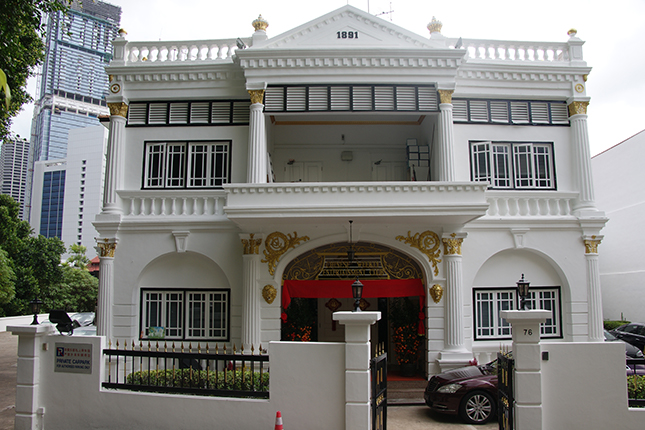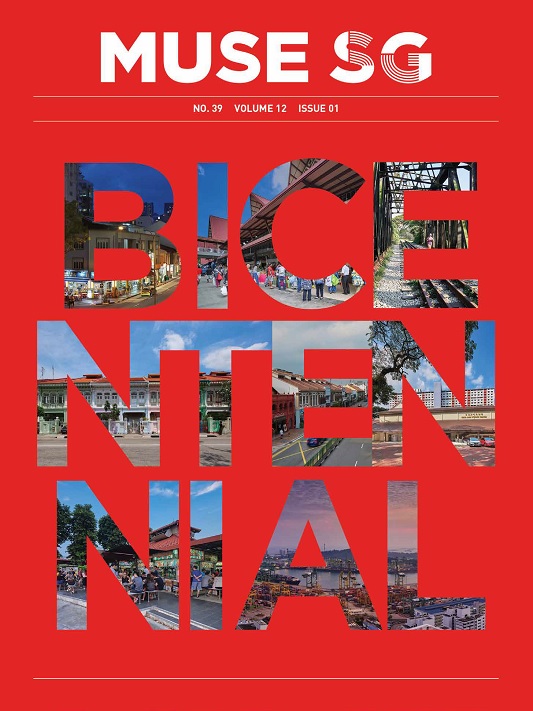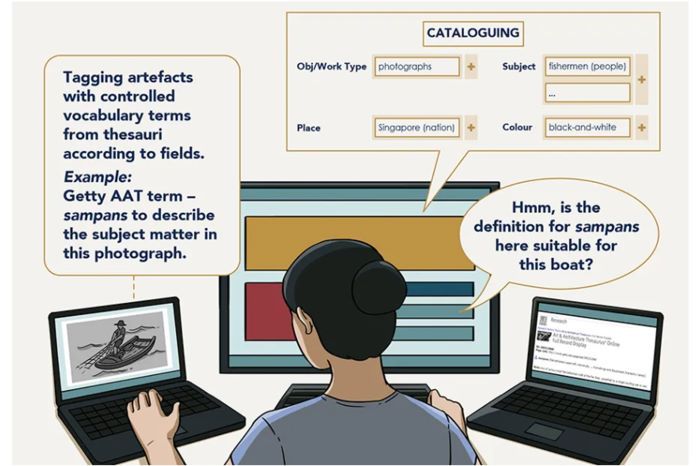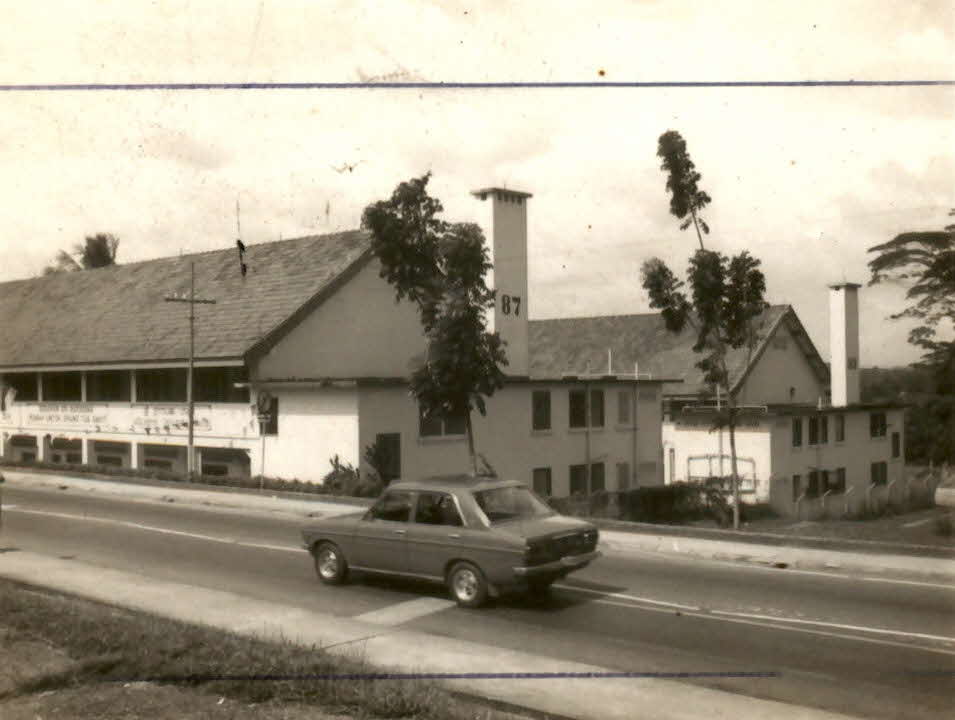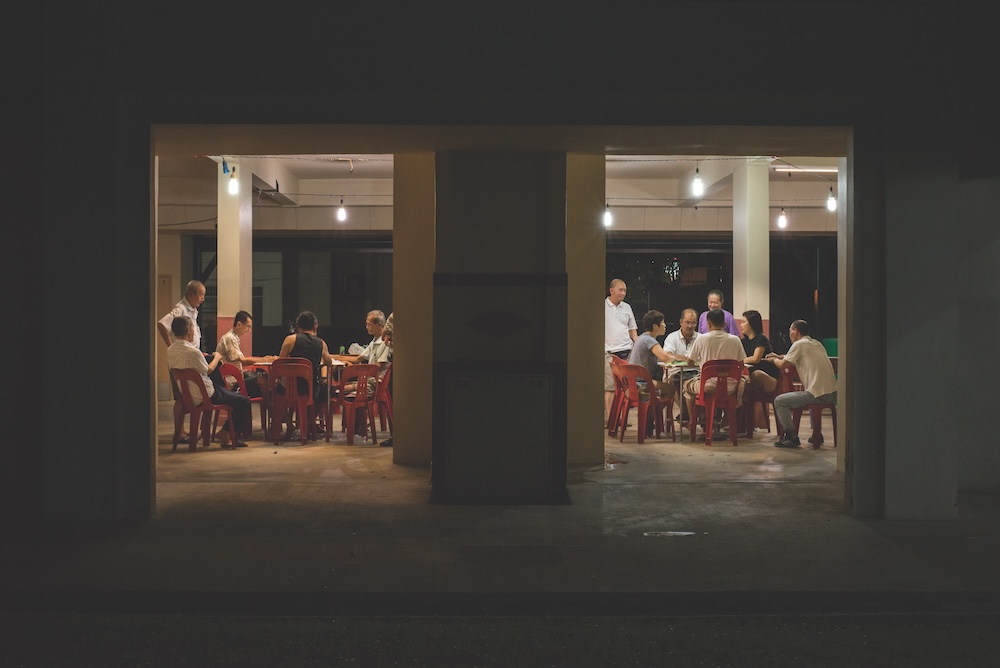TL;DR
This article explores Singapore's fashion history from the 1950s to the 1990s through the lens of fashion journalism and media. The research project aims to understand how fashion functioned as a cultural transformation agent and contributed to the modernization of the nation-state. The focus is on broadsheets like The Singapore Free Press and The Straits Times, as they reflect the interaction of fashion with national identities. The project involved creating an open Singapore fashion database, leading to the development of the Singapore Fashion Histories website, showcasing articles, themes, and oral histories.Introduction

Fashionable ladies 1955-60s. Collection of National Museum of Singapore, Gift of Lee Hong Khim (Heritage Week Dec 2000).
The word ‘Fashion’ always ignites interest. As understood today, ‘fashion’ is a trend forming sensibility that arose out of the industrial ages, as both an impactful cultural phenomenon for individuals, and a multi-billion-dollar industry. It is at once personal but also global. Yet fashion as a cultural, economic, social and philosophical endeavour, also offers valuable insights into a country, its people and their practices, especially in Singapore and its historical context as a post-colonial nation on the brink of statehood. With this in mind, this research project was initiated to explore the fashion history of Singapore by delving into its fashion media and fashion shows from the 1950s to 1990s.
Both fashion media and shows are sites of fashion production and consumption, enabling researchers to explore the extent of fashion circulation and distribution. This study adopted a longitudinal approach to the study of fashion history in Singapore from the 1950 to the 1990s, a period that has been relatively under-examined in research. Its main objective was to investigate how fashion functioned as a catalyst for cultural transformation, and as a contributor the development of urban life and the modernization of the Nation-State. What roles did fashion play in shaping the life of modern Singapore? How did it mirror the nation’s growth and the corresponding identities, industries, and institutions throughout the latter half of the twentieth century?
The coverage of fashion in local newspapers influenced the discourse surrounding fashion by determining the representation of individuals in fashion news. Equally significant was the deliberate curation of fashion articles by journalists. Similarly, in the context of fashion shows, the roles of models, designers, and the audience were important areas of research focus.
Methodology
The study focused on fashion media and shows as the primary sites of cultural consumption, production, and distribution, shedding light on the shifting roles that fashion occupied in our society. These platforms not only reflected the rapid social changes taking place across that period, but also played a role in instigating some of those changes. To ensure a systematic approach to data collection, a preliminary archival search was conducted on the National Archives and National Library websites. The aim was to establish an open access Singapore fashion database containing articles and links for all fashion researchers on the team and beyond. This database could be continually expanded to eventually serve as a comprehensive repository for all fashion research related to Singapore.
Over a three-month period, a preliminary study was undertaken to test the effectiveness of search terms applied to the dataset. The search engine, using terms such as ‘fashion’, ‘fashion shows’, ‘fashion media/journalism’, ‘dress’, and ‘textiles’, yielded diverse outputs, often unrelated to fashion. Manual searches through daily broadsheets were found to be time-consuming and laborious, and frequently did not yield useful data. As a result, it was decided to use ten key words and to skip certain years to cover the five decades comprehensively. This approach revealed that over time, the excavated data began to uncover significant and wide-ranging thematic concerns related to fashion and its impact on societal attitudes, women’s roles, and the modernization of the urban city. While not exhaustive, further cross-referencing of articles and inclusion of key fashion moments in the skipped years enriched the database.

The working Singapore woman as featured in a Straits Times’ publication to commemorate National Day, 9 Aug 1968. Collection of National Museum of Singapore.
The database yielded two additional outcomes. Firstly, it provided a compilation of key individuals of interest, many of whom participated in our project through Oral History recordings. Secondly, it served as an open access resource for research students and writers, offering valuable references for drafting fashion articles and essays. Our writers were able to focus on specific themes and utilize the listings for cross-referencing, facilitating their exploration of curated fashion database topics in their writing.
Broadsheets not Media: Fashion Journalism / Media
From 1949 to 2000, a total of 78 consumer fashion magazines in English, Malay, and Mandarin were identified. The two key publishers during this period were Times Periodicals and MPH Magazines. At the same time, the study ascertained that two broadsheet newspapers most popular during this timeframe were The Singapore Free Press (1835 to Feb 1962) and The Straits Times (1845 to present). The research focused on the fashion coverage by these two mainstream newspapers. But why were broadsheets prioritized as sources, over fashion magazines? While fashion magazines might seem the more obvious choice for analysing fashion media, the extensive existing research on English language fashion publications such as Her World, Vogue, and Fashion (including my own doctoral dissertation), indicated that fashion magazines in Singapore had already been extensively studied. In contrast, the sheer volume of fashion-related content in broadsheets and newspapers like The Free Press and The Straits Times had been overlooked in fashion research.
The Straits Times Fashion Editorial.
During the 1950s to 1970s, broadsheets provided the best platform for exploring the interplay between fashion and national identities. Unlike magazines, which catered to a fashion-conscious, upper middle-class audience, broadsheets reached a wider national readership. Furthermore, the cost of fashion magazines would have been prohibitive for many young working adults, although the practice of swapping and exchanging magazines was part of the readership culture. Hence, to understand the editorial approach to fashion, the instructional content in newspapers of that era, and the integration of fashion into everyday life, broadsheets were the key source.
Fashion was a new discourse that was explicitly utilised as a tool for modernizing within the nation. As a cultural phenomenon, fashion was exciting and glamourous: not only due to its associations with the rich and powerful in society, but also increasingly important for the formation of a middle class, and standardizing work attire, ethics and social values. Fashion was the visual artifice, symbolic of the rise of a highly multicultural population that was moving into industrialisation with its requisite demand for a homogenous “normative” population.

Fashion Journalism
Fashion journalism in this context met the needs of the emerging middle class from the 1970s onwards. The term “fashion journalism” acknowledges the assemblage of the term: “fashion” with its emphasis on concepts such as conspicuous consumption (Thorstein Veblen ) and social class, and “journalism” with its own implicit set of industrial practices and role as the fourth estate. Indeed, the fusion of fashion journalism is not simply an assemblage, but a concept that is greater than the sum of its parts. Scholars like John Hartley and Elizabeth Wilson argue that both journalism and fashion (respectively) are integral to the modernizing impetus of industry. As products of modernity, fashion journalism embodies traditions of democracy and progress, while simultaneously perpetuating hegemonic norms.
Either way, fashion journalism with its adherence to lifestyle as performance of modernity, was strongly ideological in its role as instructive, guiding pedagogical media. This was evident in editorial advice columns, where fashion commentators advised women on fashion sensibilities, office attire, hairstyling, and cost-effective customization of global fashion through tailoring in Singapore. Such instructive fashion manuals peaked in Singapore around the mid-1950s to 1962, led by writers like Elizabeth Wee and Judith Chung (refer to Judith Yong and Esme Baptista: The Journalists who shaped Singapore’s Fashion Reportage by Eldrick Cheong)..
Another key theme identified by student writer, Ruth Ho, was the cultural mapping of fashion spaces in Singapore, and the role that suburban shops from HDB stalls to malls like Parkway Parade, People’s Park, and Second Chance outlets played in enabling youth and the working populace to present themselves professionally. Instructive fashion journalism not only guided readers to the latest trends and shopping spots, but also conveyed the message that fashion at different price points was widely available in a fashion-conscious Singapore, and one did not need to go to central areas to be ‘fashionable’. This led us to our key deliverable, which connected the project to the wider public: the Fashion History website.
Fashion Website

The Singapore Fashion Histories website, launched in October 2023 (https://sgfashionhistories.net/) brought together the different aspects of the project onto a single platform. The website, like the database, was designed to continually expand, drawing from the extensive resources in the National Archives. Also, a website would not be constrained by the closing dates and limitations of a physical exhibition. The website was organized into the themes of People, Spaces and Culture, along with summaries of Decades (1950, 1960, 1970, 1980, 1990). The articles were predominantly authored by students who utilised the fashion database under the guidance of our team leads, Yap Weiqi and Angeline Wong. Other articles were written by our research assistants, Eldrick Cheong (Roland Chow: The fashion designer known as ‘Mr Dior’ of Singapore) and Jacelyn Teng (The Ideal Singapore Girl in the 1960s).

The website’s third section, Voices was where the oral history recordings of the interviews with Pat Kraal, Rizal Ahyar and Brandon Barker were made available both in text and sound files. This was envisioned as the first step of a highly iterative process of building up Singapore’s fashion oral histories over time. (Listen to the clip: How did you get started in the fashion industry?)
Limitations

This project faced certain limitations. One significant area for further research was the exploration of fashion magazines and media in Bahasa Malay, Mandarin and Tamil. Excavating these sources would require diverse language skills and contextual understanding, in order to weave together the key histories of different segments of Singapore’s population in this area. A project of this nature begins the journey, with the hope that it will continue to attract interest and contributions from writers across all facets of fashion journalism and oral history. Writers who are keen to contribute can contact Jinna Tay via the website.
This project was supported by the National Heritage Board's Heritage Research Grant.
Notes
- Thorstein Veblen, American economist and sociologist wrote The Theory of the Leisure Class: An Economic Study of Institutions (1899) in which the term conspicuous consumption was coined. It was widely applied to fashion, where the value of paying for brands and quality good far outweighs the value of the good, demonstrating how the public display of wealth and social class was circulated from the leisure class to the working class.
- John Hartley, in Popular Reality: Journalism, Modernity, Popular Culture (1996) argued that journalism was part of the ‘sense making system of modernity’, without which modernity would not function in the same way.
- Elizabeth Wilson's Adorned in Dreams: Fashion and Modernity (1985) was one of the first seminal academic treatises on fashion from a cultural perspective. In it, she argued that fashion had a complex social relation to modernity, with its dialectical powers of both subverting authority, or imposing hegemony. Fashion provided the impetus to modernity’s potential.








